Rockley Was Cricket For Girls 130 Years Ago - They Visited Narrabeen Too!
With the end of the football seasons of rugby and soccer the commencement of the cricket playing days begin, with some great local clubs you can get involved with and have a great time and make new friends over the coming Summer. So many girls as well as boys are now playing this game, we thought we'd share a letter to Dame Durden from over 100 years ago about a version of this game that was just for girls. 'Dame Durden' was the name Ethel Turner (author of Seven Little Australians and who would come to Palm Beach from Mosman each Summer) wrote under for the children's columns in the Illustrated Sydney News and later for the Australian Town and Country Journal, two newspapers that were great at publishing drawings and letters from Australian children for a long time.
THE ROCKLEY GAME
FROM the archives of the Rockley Mill and Stables Museum.
In the 1890s, John O’Hara, an inspector for the Land District of Bathurst and Lithgow, invented a new game for 14-year-old school girls. Launched at Triangle Flat in about 1892, it was taken up with so much enthusiasm in the nearby village of Rockley that it became known as the Rockley Game.
Teams were generally 13 in number and team captains were known as queens.
Each team adopted a distinguishing coloured sash which was worn around the waist.
A boy’s bat was used and the ball was only slightly bigger than a tennis ball, so pads were unnecessary.
Rockley cricket spread rapidly through the Central West and by 1899 there were 700 girls playing in the Western Districts. Matches were played between villages and towns and when teams travelled to other places they were always chaperoned.
Trips to play teams in other locations included concerts, visits to places of interest and educational outings for the girls.
When Mr O’Hara was appointed to Queanbeyan in September 1899, he established the Rockley Game in Queanbeyan with great success.
Into the 20th century, the Rockley Game was played at Albury, Moruya, Queanbeyan, North Sydney, Port Macquarie and Broken Hill.
THE RULES
Teams usually had 13 players.
Each team was identified by a coloured sash.
The team captain was known as a “queen”.
The playing area was a circle 80 yards in diameter, marked out with flags and stumps 15 yards apart.
Overs were six balls.
Bowling was from one end only.
There was no running between wickets.
There were no byes or wides and no appeals.
One run was scored for each ball hit.
Seven runs were awarded for a boundary.
Here's a letter to Dame Durden from one of these players on a team that came to Sydney in the Summer of 1901 - as you can see, they also visited Narrabeen and Manly and there were teams they played against on the north shore of Sydney:
Queanbeyan.
Dear Dame Durden,-A little bird whispered in my ear that I should be the lucky one to win your prize last month. Thank you very much; it is just the sort of book that I am fond of reading. The first Sunday after I received it was wet; but I became so interested in my book that I took no notice of the weather.
My letter this time is about the southern district representative rockley players' tour to Sydney. We left on the first of November, instead of the 8th, on account of a cheap train going then. Eleven girls started from Queanbeyan, and we picked up the others as we went along. We had an engaged carriage, so we were able to be together. We were all so excited that we could not sleep. Some of the girls had never been in a train before, and hardly any of them had been to Sydney.
Reached Sydney at ten to 6, and a van took our luggage to Paddington. We arrived at about the same time as it did. After breakfast we went over to North Shore. We only had time to play a one-innings match, as the cricketers had engaged the ground for 1 o'clock. R.S.D.R. players won the toss, and batted first, and made 158 runs. Then the Narremburn School girls went in, and made 91 runs; so we won our first match by 67 runs.
Play over, we went to Balmoral, and had a picnic, the Narremburn girls providing the edibles. Balmoral is an ideal place for a picnic, only it is rather a long distance to walk after leaving the tram; but the scenery is very pretty, so that is some compensation for our long walk. We arrived at Mrs. Tabrett's, Moore Park, at half-past 7, and had tea; then, thoroughly tired, tumbled into bed. Thus ended our first day In the great city.
Sunday morning we all went to St. Matthias's Church, Paddington, and after dinner visited the Zoological Gardens, and St. Andrew's Cathedral at night.
Monday morning we spent a jolly time at Manly, and in the afternoon Mr. O'Hara engaged a coach, and took us to Narrabeen. It is a very pretty drive, and we thoroughly enjoyed ourselves. Mr. O'Hara got a three-bushel bag and a sieve, and we got over a hundredweight of shells. Mr. O'Hara pointed out a lot of interesting places along the road.
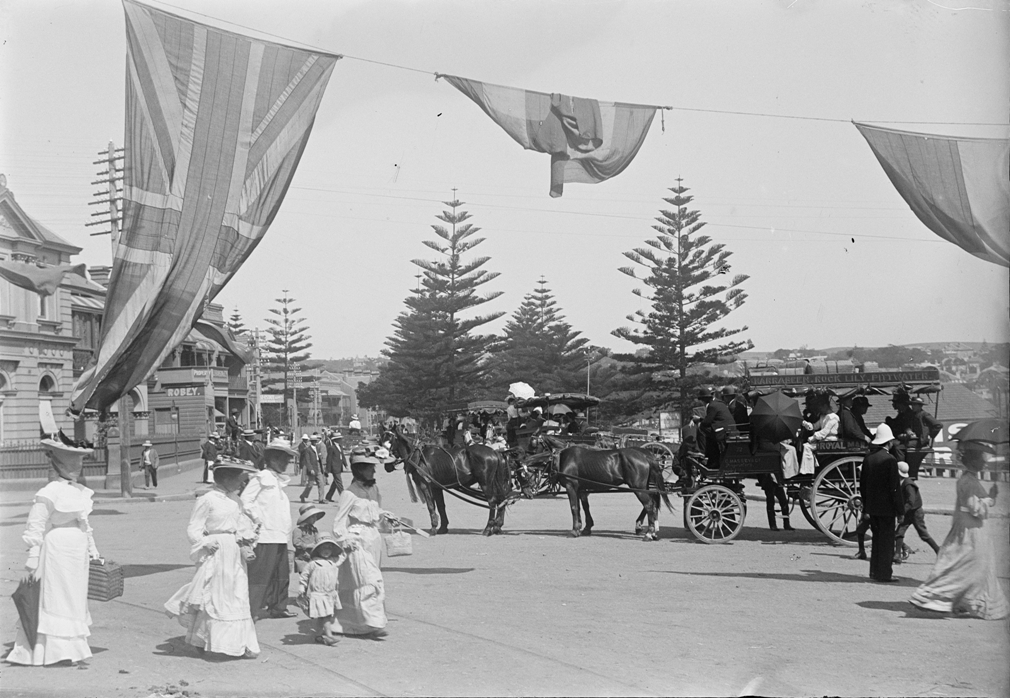
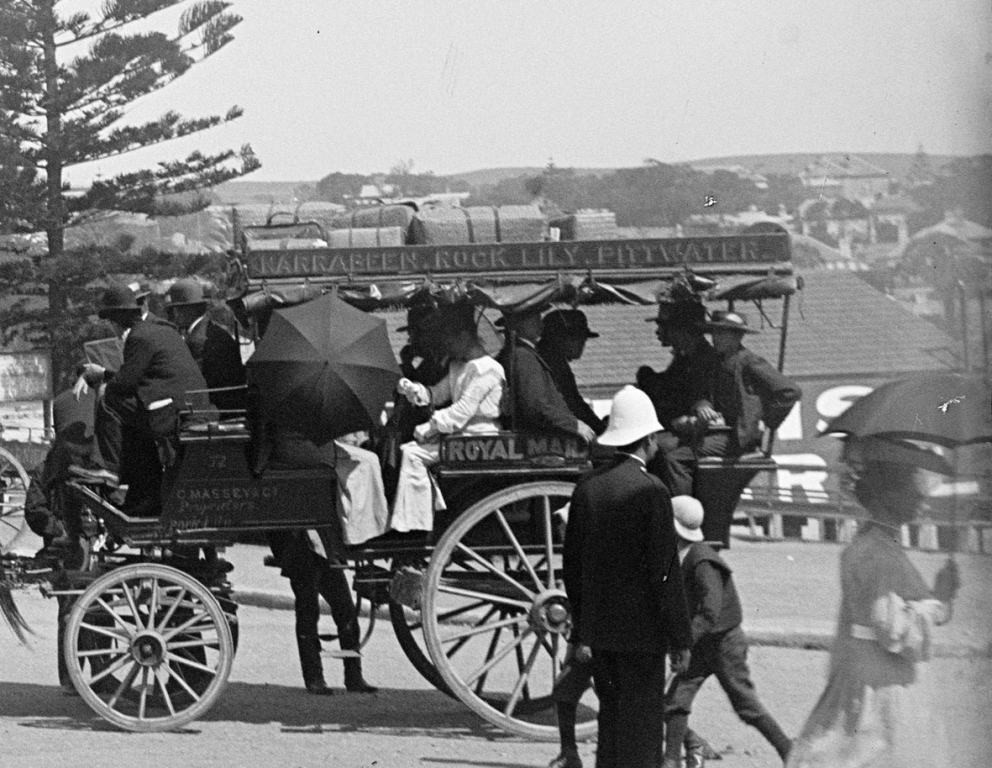
On Tuesday most of us went to Coogee, and had a bathe. As it was the first time any of us had had a real bath in the salt water, you can guess we enjoyed it. After breakfast we went to the Victoria Markets, and from there to the Crown Studios. We then had dinner at Mr. Quong Tart's; he was very pleased to see us, and invited us to an afternoon tea. Afterwards, we went to Gore Hill; from here the best and prettiest views are seen of Sydney. Houses on every side of you, to the front, and to the back. It also gives one an idea of how thickly populated Sydney is. Gore Hill won the toss, and batted first. Dr. Kingsbury was umpire; they made 74 runs. During our first innings, a storm broke up the game; but, although only four of our girls were out, we had beaten the Gore Hill girls by 37 runs; so, you see, they were no match for us.
On Wednesday morning, we went to the Art Gallery and Museum, and had lunch in the Government Gardens; visited the Cyclorama in the afternoon, and Mr. O'Hara asked the people there to sing "The Holy City" for us, and they kindly sang some other songs as well. Thursday morning, we went up the Lane Cove River for a picnic; and all along the scenery was very beautiful. We saw the Sobraon, Cockatoo Island, and the men building the Woolwich Dock. We found a very nice picnic spot under some shady trees, where we had lunch; then we played some games.
After we came back from our trip up the Lane Cove River, we all went up the Post Office Tower, and it was lovely. It was just like as if you were up in a balloon; the houses and the people in the streets looked so small. Mr. O'Hara pointed out a lot of the principal buildings, etc., and we easily picked out the spot where our house was situated. From the street to the top of the tower there are 373 steps. Our legs were very shaky when we got down. Then we went all over the "Evening News" and "Town and Country Journal" Office, and we enjoyed it very much, only it was so very hot. I wouldn't Care to work there; it Would be far too hot for me. The men working the linotypes gave us our names in metal. At night, we all went to Her Majesty's Theatre, where "The Christian King" was being played for the last time. It was lovely, and all enjoyed it immensely. As you will imagine, we were all pretty sleepy on Friday, and in the morning we just stayed at home and amused ourselves. Some of us slept, and others read.
After dinner, we went through the arcades. Thence we went to Mr. Quong Tart's. Several friends were there, and we had a very nice time. The table was set T fashion, and was loaded with the good things Mr. Quong Tart had provided, and interspersed with the fruit and edibles were flowers tastefully arranged. After tea, the following toasts were drunk: "Mr. O'Hara," "Mrs. Fallick," "The Press," "Mr. and Mrs. Quong Tart." Then Mr. Quong Tart sang two Scotch songs, and Miss O'Hara, Jean Pollack, and Studie Hudson gave some musical selections. Annie Styles and Daisy Fell recited, and Una Gates sang "The Pardon Came Too Late." Mr. Tart let the curtain fall, and fixed up some tableaux. He wrapped a big flag round Mrs. O'Hara, and told us that she was Queen Victoria, and mother and Miss O'Hara, were 'the maids of honor. After this came the event of the evening. Mrs. O'Hara, on behalf of her son, presented us all with gold brooches, Mrs. Tart pinning them on for us. The brooches were inscribed R.S.D.R.P., 1901 (Representative Southern District Rockley Player). Mr. Tart made a very nice speech, and told us we should never lose our tempers. If. we were bowled, stumped, or caught, we should not throw down our baits in temper, but say the bat was greasy, the ground slippery, etc.
On Saturday morning we went to Katoomba. There was a great crowd on the station, and the train was very full. It was a rather dirty trip, and our cuffs and collars were not very white when we arrived at our destination. Although the air is very fresh, Katoomba is not a town I should care to live in; it is too dirty to suit my fancy. The hills looked lovely and blue away t in the distance; but it was very hot, and we did not play at all well; indeed, we played very poorly.. The Katoomba girls beat us by 72 runs. The Katoomba girls kindly provided tea for us. Afterwards we started for Sydney.
Coming back it was very pretty, especially Penrith-the lights shone like so many stars in the distance. Sunday morning we were all very tired, and only a few of the bigger girls went to 'church; the rest stayed at home. After dinner Mr. O'Hara came over, and we went to the National Park, and when we came back we went to the Centenary Hall. Mr. Taylor preached a splendid sermon to young men; we all enjoyed lit, as well as the music.
Monday morning we went over to North Shore, and played the pick of North Shore, Gore Hill, and Sydney girls. Determined to make up for the match we had lost, we all played our best, with the result that our score was 171, one of our girls (Edith M'Pherson) making 110 runs, and another took three wickets for 1 run in an over. The Sydney girls' made 34 runs each innings. After this match was finished we all went for a picnic at the Spit, and, coming back; we played a team of boys, who thought that they could beat as easily, but they were "had," as we beat them by 21 runs. Tuesday is all hurry and scurry to find this, that, and the other, and cries of "I can't find this," and "Someone has taken that." You never in all your life heard such a din. But at last everything is packed and ready. Mr. O'Hara came over, and we went through Hyde Park, and saw Governor Phillip's statue, Captain Cook's, Queen Victoria's, Prince Albert's, Parliament Houses, and went through the Palace Gardens. Afterwards we all went shopping. In the afternoon the rain drove us indoors, and soon after tea we were all en route for the station, where many friends came to bid us au revoirs and see us start for "home, sweet home."
Well, dear Dame, I think I have told you all about the R.S.D.R. players' visit to Sydney, and with kind wishes from your rockley friend, I will conclude.
Mabel Fallick (aged 16 years).
P.S.-I was very sorry that you were away while we were down. I should have liked you to see us play. I hope you enjoyed your holiday as much as we did ours.
Dame Durden's Post Office. (1902, January 4). Australian Town and Country Journal (Sydney, NSW : 1870 - 1907), p. 40. Retrieved from http://nla.gov.au/nla.news-article71518507
The State Library of NSW tells us that Mei Quong Tart, or Quong Tart as he was known, was a famous and popular figure in Sydney in the late nineteenth century. Quong Tart was born in China in 1850 and came to the goldfields near Braidwood at age nine. He was taken in by a local family, the Simpsons, from whom he learned English and became an Anglican. They were Scottish people and later he would attend official functions dressed in a kilt or traditional Chinese clothes. He made his initial wealth by speculating in gold claims, but his popularity was due to his active involvement in the sporting life of the area. He was captain of the local cricket team, founded a football team and promoted horse-racing.
In 1881 he visited China to see his family and on returning to Australia started business as a tea merchant in Sydney. At his small tea house, he served samples of his imported tea; it became so popular he opened a chain of them. In 1886 Quong Tart married an Englishwoman, Margaret Scarlett, and they eventually had six children!
In 1889 Quong Tart opened his Loong Shan Tea shop in King Street. It soon became famous and was frequented by Governors and Premiers. Louisa Lawson, mother of the poet Henry Lawson, sipped tea in the Loong Shan while she organised the campaign for female suffrage in Australia. In 1898 Quong Tart opened the Elite Hall in the Queen Victoria Building. It was a very luxurious tea house and restaurant which could hold 500 people.
The popularity of these shops was due to the quality of the tea, the excellent food, the rich and exotic furnishings and the nature of Quong Tart himself. He dressed as a European, treated workmen and politicians in the same manner; he was a great philanthropist, holding many benefits for charity, and he was a generous employer. He was also active on behalf of other Chinese in Australia, and the Chinese Emperor appointed him a Mandarin for these efforts.
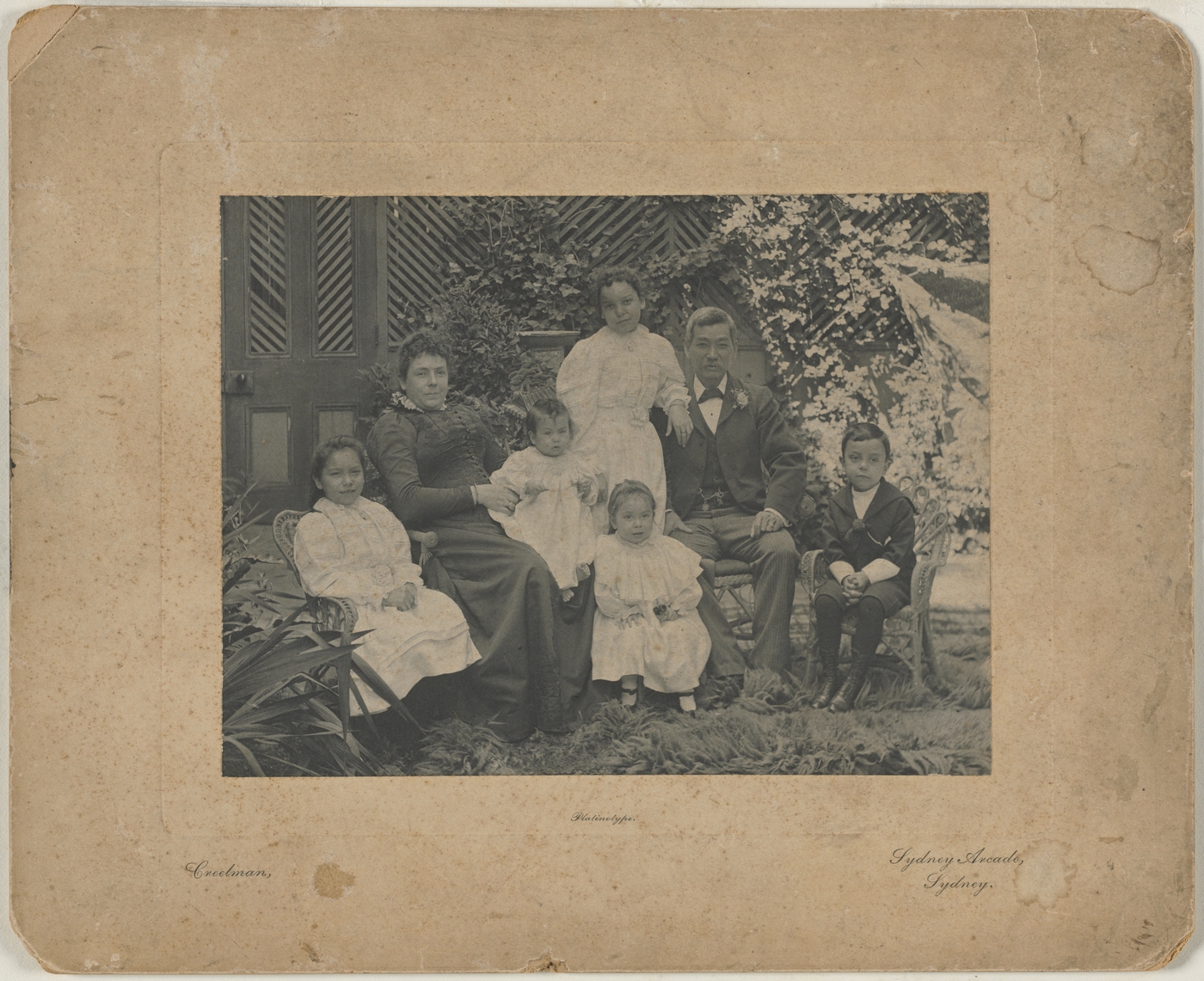
Quong Tart and family [ca. 1899-1900] / Creelman & Co. [Taken outside the fernery at Gallop House, Ashfield. L to R: Henrietta, baby Florence, Maggie (at front), Vine and Arthur] - image courtesy the Mitchell Library, State Library of NSW.
Two years ago, when researching what we today call the Village Park at Mona Vale where one of Pittwater's early cricket pitches was and was then called 'Taramatta' and in some versions 'Tarameta' Park, possibly after the name we now give to Turimetta Beach between Narrabeen and Warriewood, an article about an early Sydney women's Cricket team was found. This had some photos of that team and shows you what these girls had to play in during hot Summers - imagine running between wickets in this:
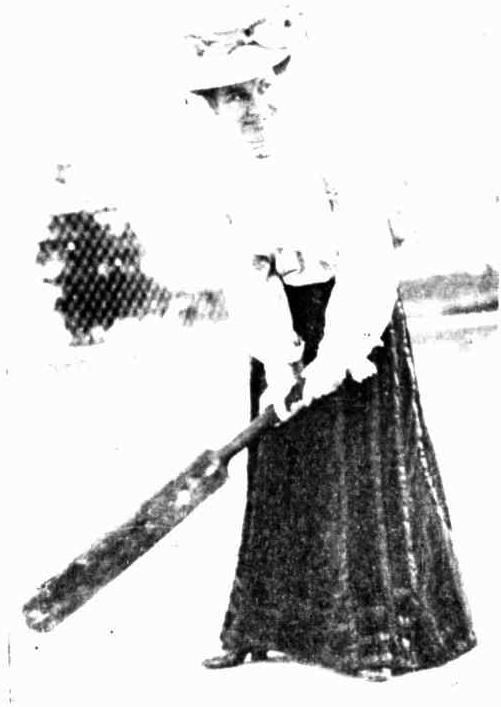
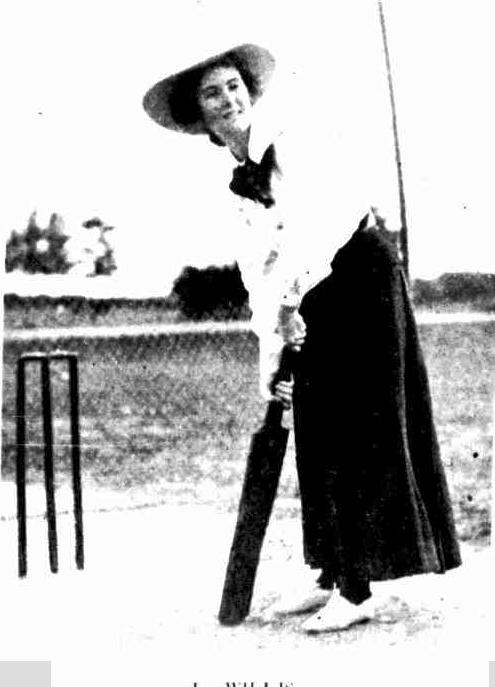
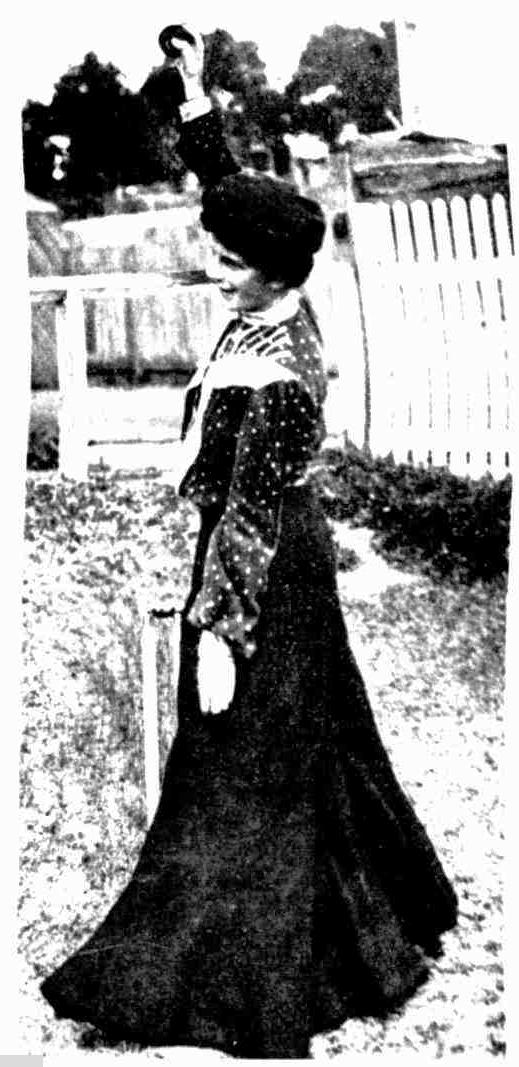
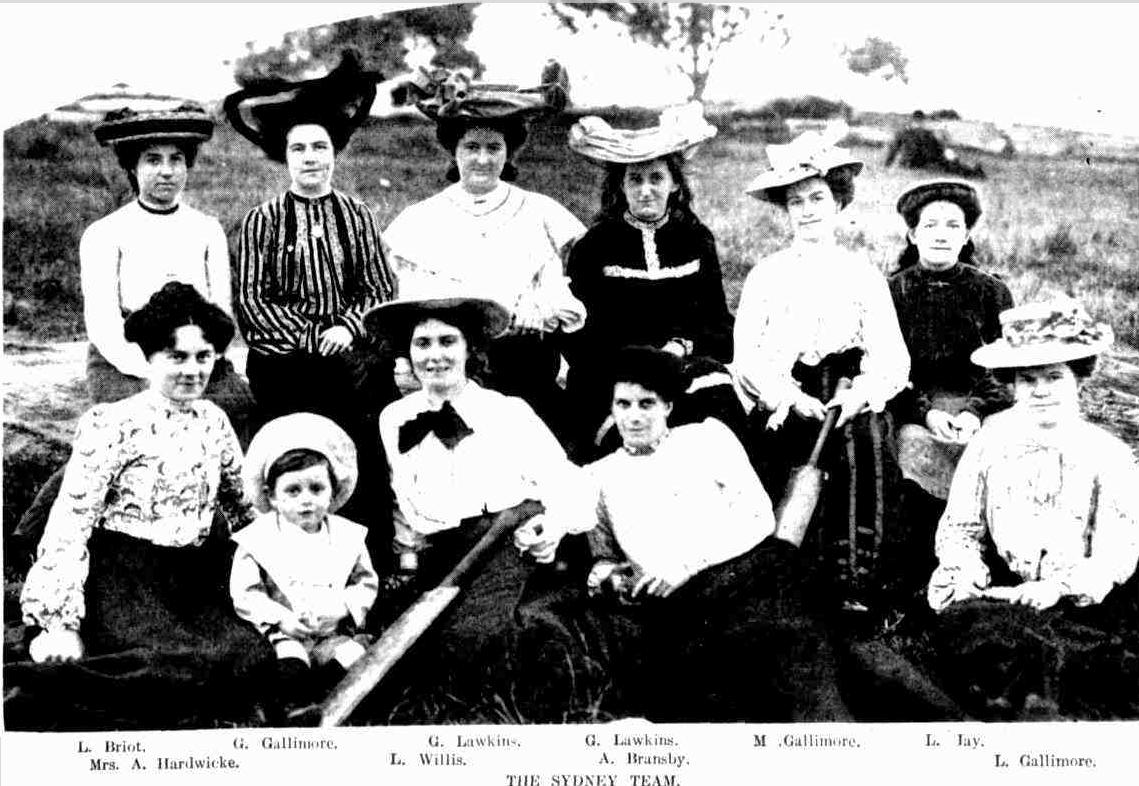
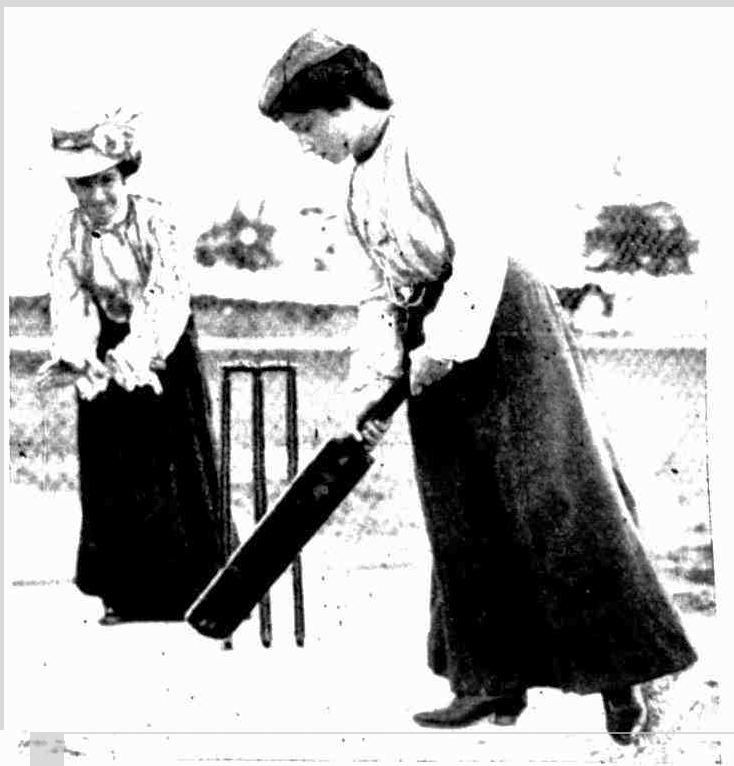

.jpg?timestamp=1591238420489)
.jpg?timestamp=1591238446567)
.jpg?timestamp=1591238470418)
.jpg?timestamp=1591238497419)
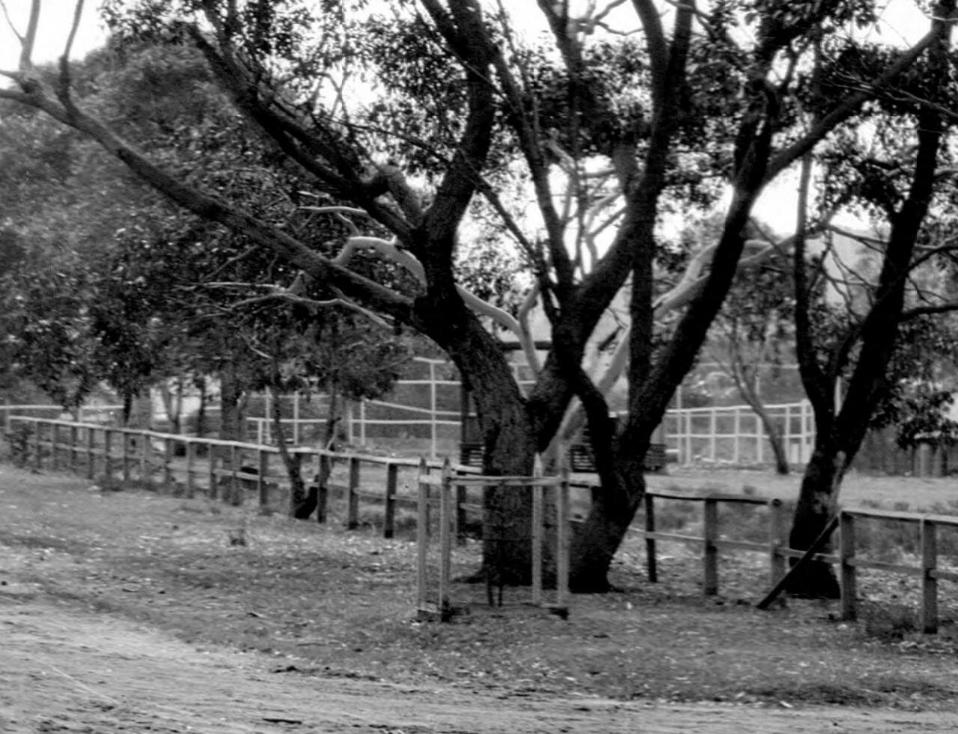
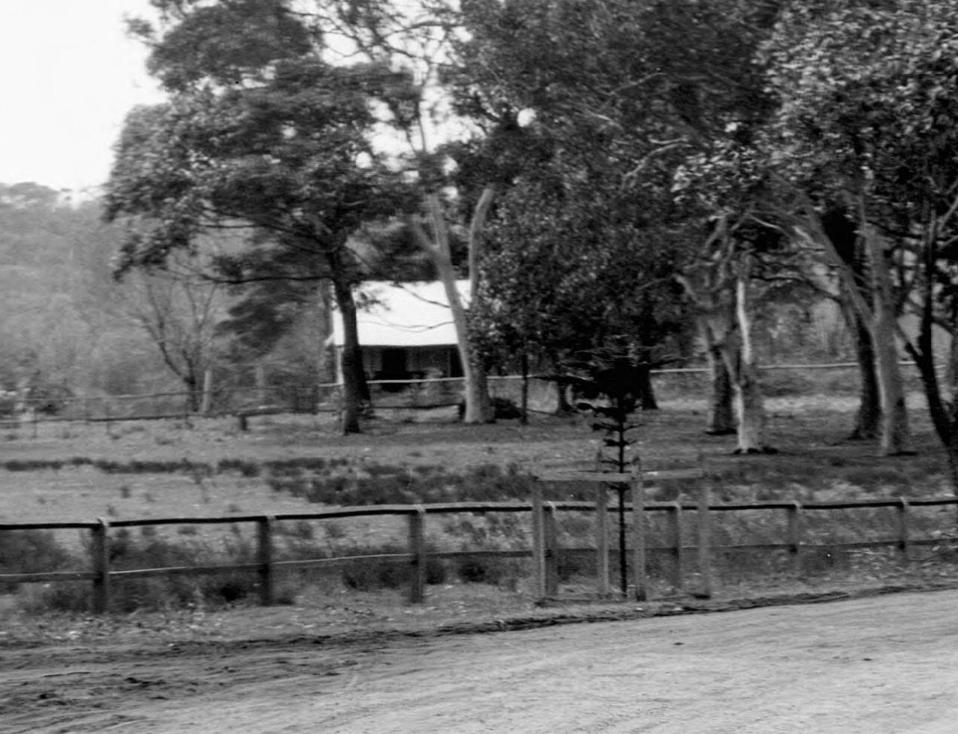
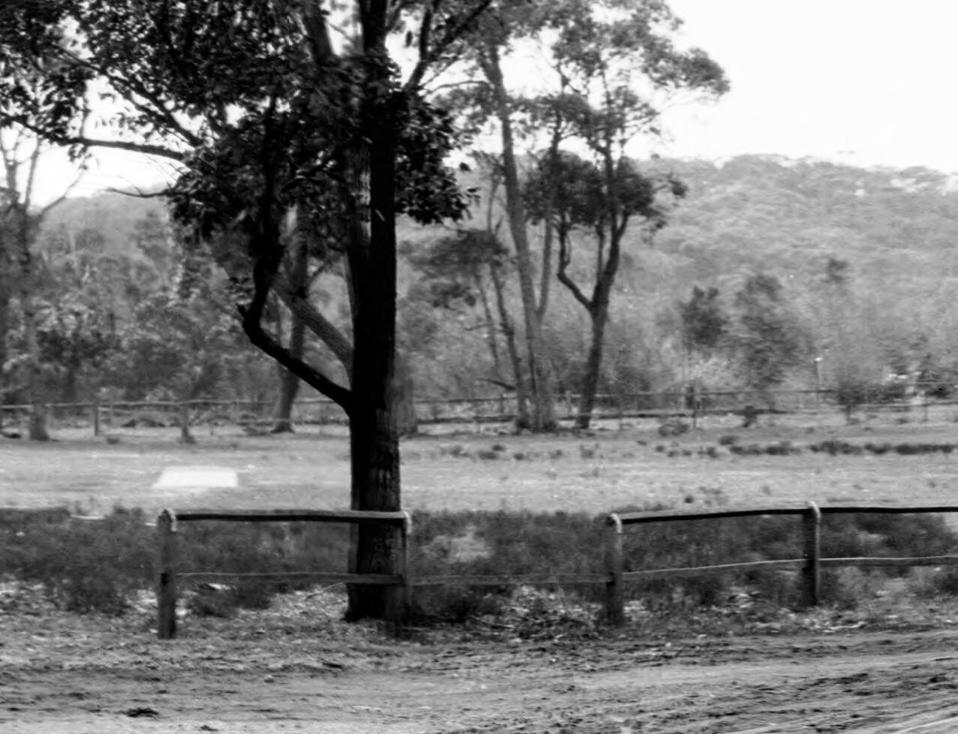
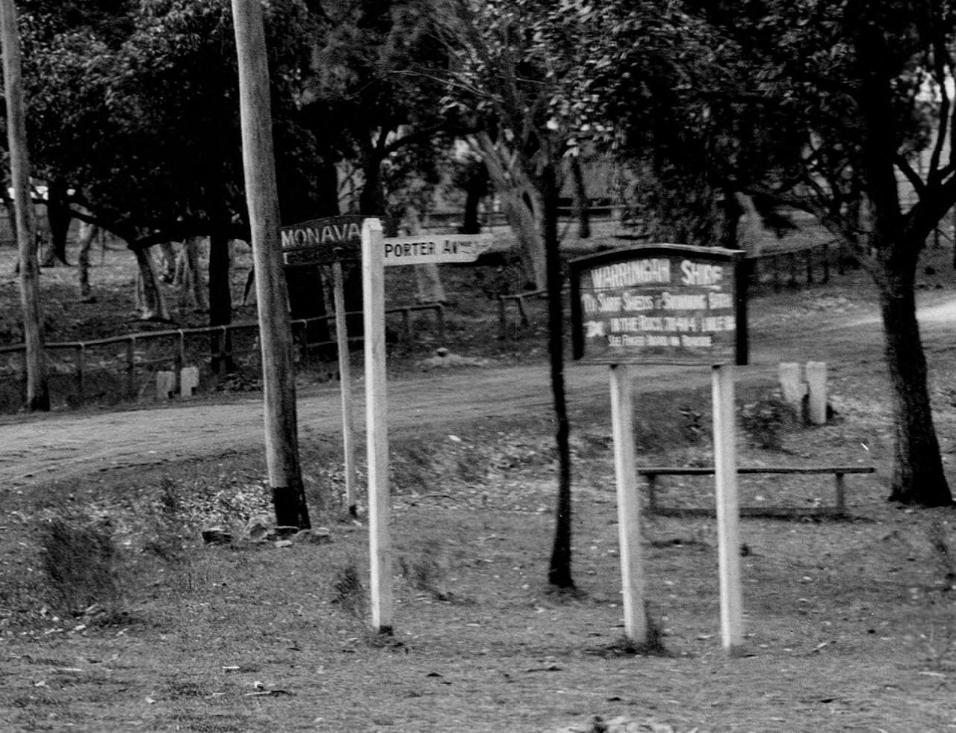
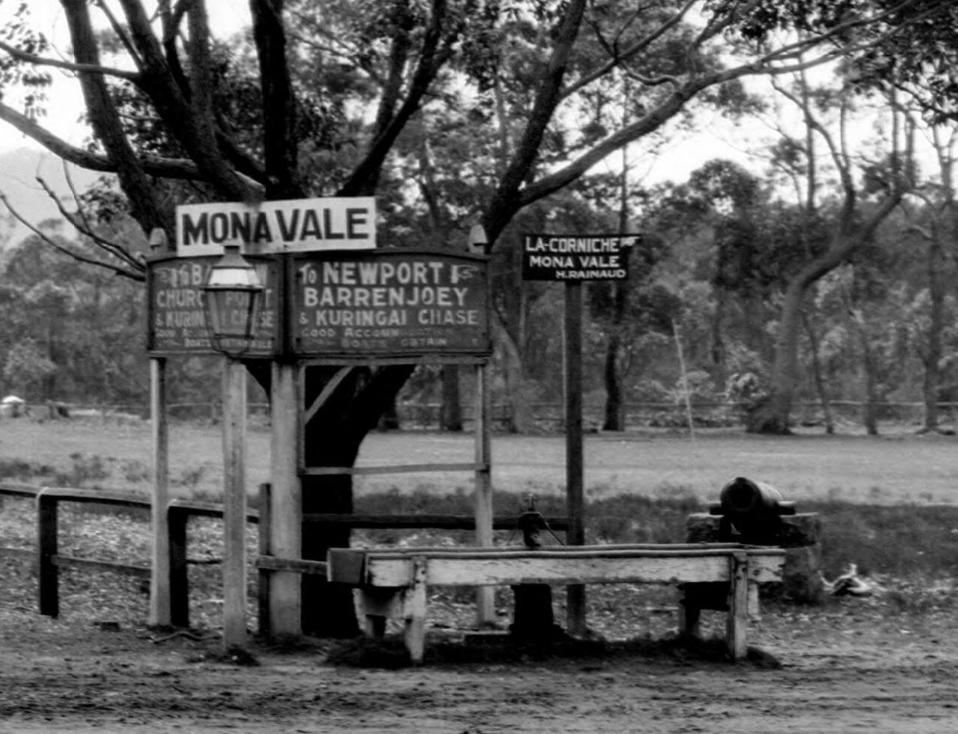
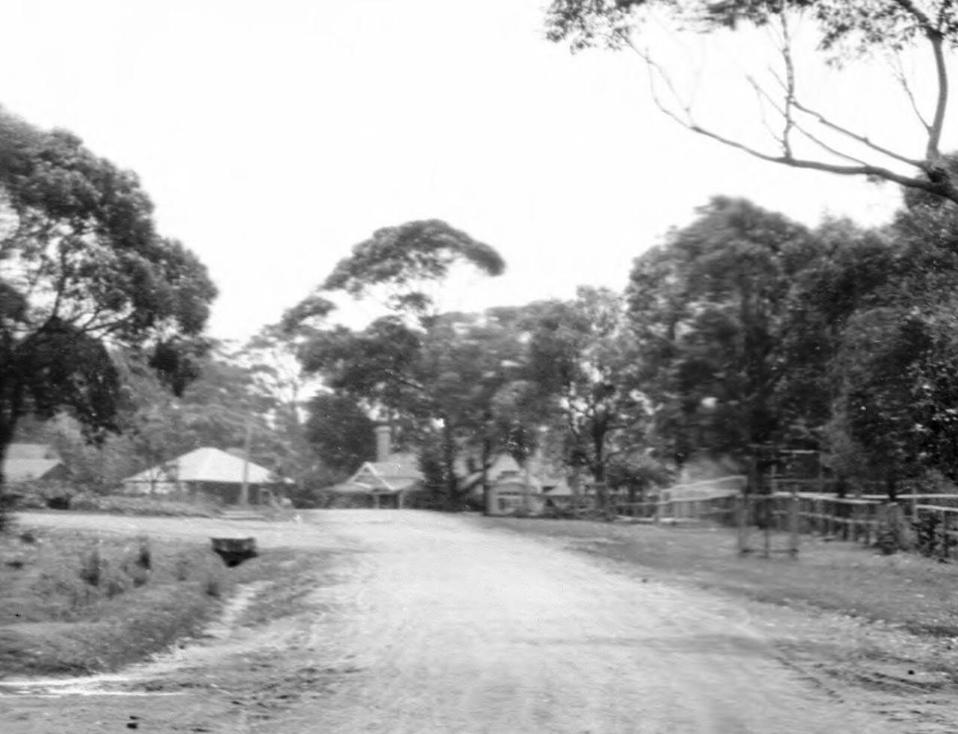
CRICKET.
A team from the newly formed Mossman's Bay Club journeyed to Newport on Saturday, to play the Newport C.C. The ground is about 300 yards from the ocean beach, and with very little trouble could be made into a splendid ground. Matting was laid upon it, but the long grass prevented it from setting evenly, and this made the ball cut many capers. Mr. Forester captained Newport, and Mr. Jackson the Mossman's Bay team. Newport won the toss, and went in to bat, but through the excellent bowling of Jackson and Oatley weredisposed of for 21, Jackson securing six wickets for 9 runs, and Oatley three for 11. Mossman's Bay replied with 115 (Jackson 62 and Clarke 25), W. Boulton and J. Boulton being the most successful bowlers. In their second attempt the Newport fared very little better as they were all disposed of for 34 (J. Boulton 14 not out), Oatley and Clarke bowling throughout this innings, the former securing seven wickets and thelatter three, Mossman's Bay thus won by an innings and 60 runs. CRICKET. (1892, May 11). The Sydney Morning Herald (NSW : 1842 - 1954), p. 8. Retrieved from http://nla.gov.au/nla.news-article13843733
It just shows you how long cricket has been a Summer sport, alongside sailing and going swimming, around here!